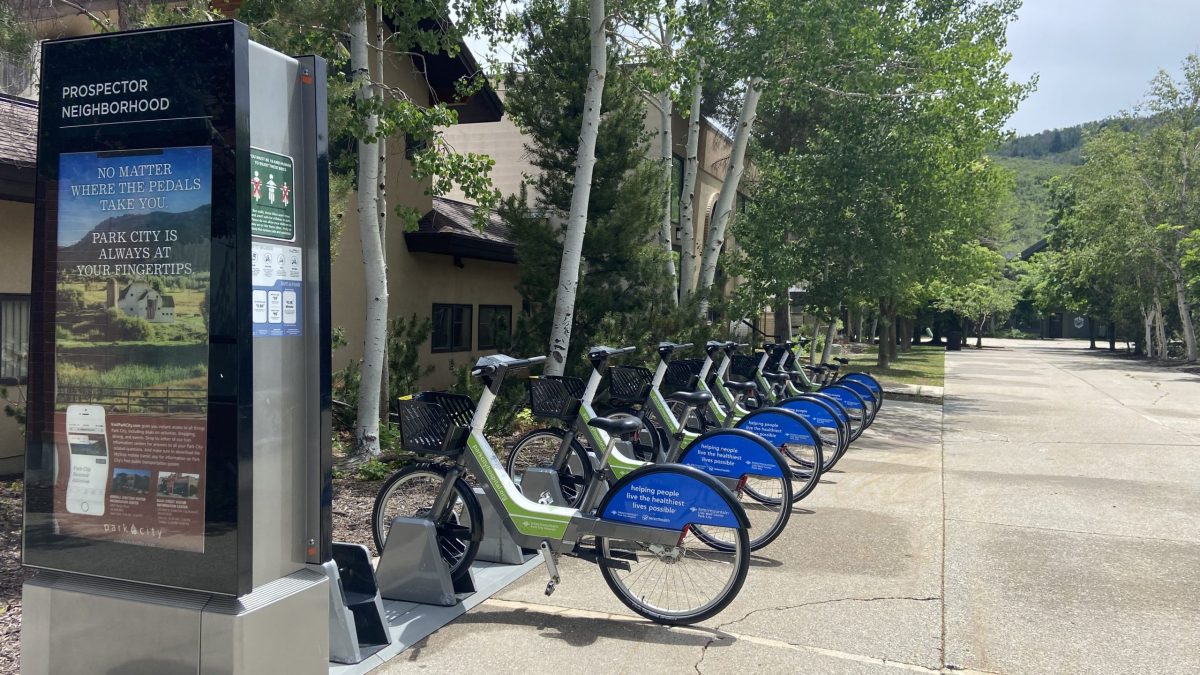The Summit County Council on Wednesday approved a speed limit of 15 miles per hour on multi-use transportation trails, a move designed to increase safety on the pathways.
The limit applies to bicycles and e-bikes and both paved and compacted gravel trails in the Snyderville Basin Recreation Special Service District.
In addition, council members — while convened as the Snyderville Basin Special Recreation District governing board — approved a county code change allowing people who are 65 or older to ride electrically assisted bikes on singletrack trails. A singletrack, or natural surface trail, is a mountain bike trail that is wide enough for only one bike.
The changes, which will go into effect 15 days after they are published by the Summit County clerk, will make e-mountain bike regulation consistent across the Park City and Basin Recreation trail system.
E-bikes are barred on all trails in both jurisdictions where mountain bikers, hikers and others recreate, but e-bikes are allowed on paved paths. People with mobility disabilities are exempted from that rule in both Park City and the Snyderville Basin district.
Park City already allowed people 65 and older to ride e-bikes on singletracks, and in late May, the City Council approved a 15 mph speed limit for the municipality’s transportation trails.
The Snyderville Basin Special Recreation District and Park City partnered on a survey to get residents’ views on regulations for e-bikes. A random sample of Park City and Snyderville Basin residents was asked for input, and QR codes were placed at trailheads to get more opinions.
The results seem to call for an adjustment in how e-bikes are managed, according to a Basin Recreation report.
The ban on e-mountain bikes on trails except for those used by people 65 or older and individuals with disabilities had strong support.
Approximately 70% of respondents wanted designated speed limits in both jurisdictions, with most supporting 12 to 15 miles per hour or 10 to 12 miles per hour. Fewer than 15% said there shouldn’t be a designated speed and enforcement is enough.
Some who took the survey had additional ideas including adding signage and having bike rental shops inform riders about the local regulations.
The staff report says additional education campaigns and the presence of additional rangers will encourage compliance with the regulations.

